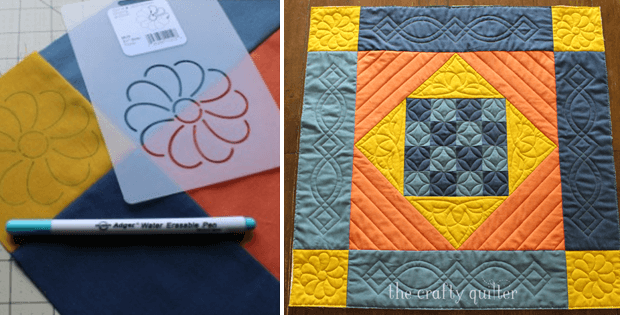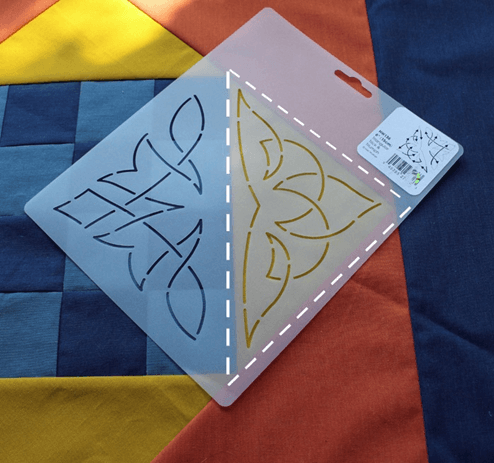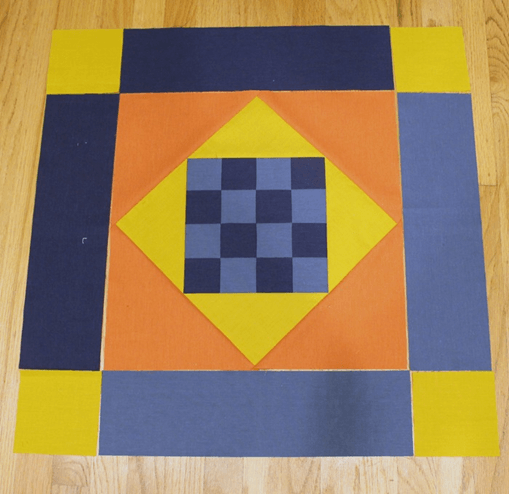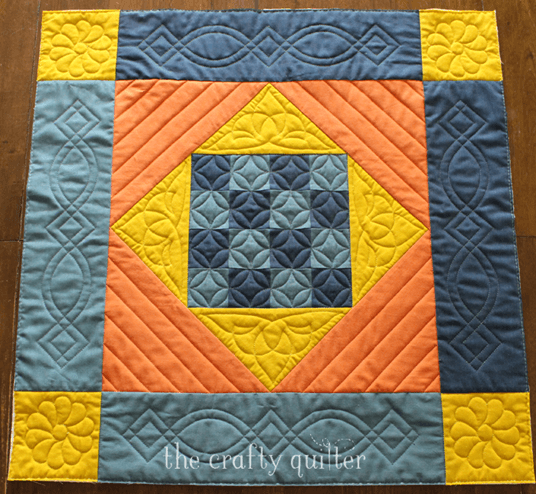Everything You Need To Know About How To Use Quilting Stencils

No Need To Stop At Grid Lines
There’s a a great variety of stencils ranging from border designs to quilt block designs to background designs and more, and the choices can be overwhelming. Deciding on the perfect quilting design to finish a project suddenly becomes easy when you see how to go about it.
Quilting stencils are made from a lightweight plastic that is slightly opaque, which makes them perfect to lay down on the intended area to show exactly how much space can be filled.

Julie Celefau of The Crafty Quilter says, to begin with, choose the right size stencil for the area you want to quilt. The design should fill the area completely, or almost completely. What a difference the quilting makes to this table topper!


It’s also possible to use just half of a stencil design for a corner, which can easily be seen by laying the stencil on the quilt block, or perhaps use just the center of a stencil being sure that it will fit in the intended area.
You can easily modify a design that’s a little too small by simply encasing the cable with straight stitching lines on each side.
Julie explains that a border design would usually be a repeat design. A sneaky trick is to try a border stencil that ends in a diamond shape. Then fit the design in by having both sides ending with a diamond.
For a border, try a stencil with a corner curve built in, and maintain the design all the way round. When machine quilting, to make the design fit, you can often create a continuous line by adding in a loop or a curve of your own!
Julie’s favorite to mark a quilting design is a blue water soluble pen. The long point fits the channel of the stencil perfectly, and the marks are easily removed using a spray bottle filled with water. However, there are more marking ideas to try.
The free tutorial is a terrific mini course on quilting stencils! Included are tips such as not using a heat removing marker with certain types of batting, for example synthetic batting, as the iron should not touch it.





